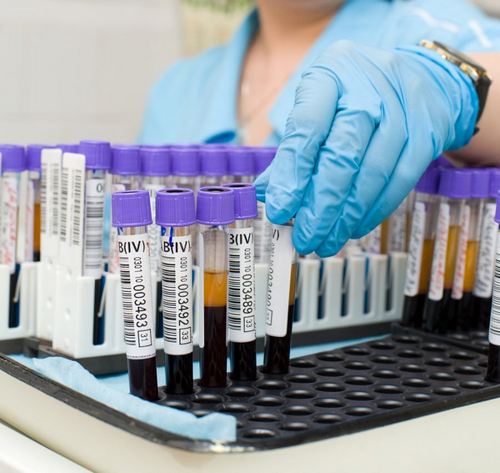Often the statement issued after the passage of the ultrasound examination of the abdominal cavity, you can see the phrase “diffuse changes of the liver”. To the untrained eye, this conclusion may seem threatening, but in reality, moderate diffuse changes do not pose a serious danger and can be easily fixed if time to start treatment.
The basic meaning of the concept
Diffuse changes of the liver is not a specific diagnosis but a concept that refers to total or focal changes in the structure of tissues (parenchym).
They are:
- fibrous, that is, those in which there is proliferation of connective tissue replaces a healthy tissue;
- hypertrophic: such that there is an increase in the liver;
- sclerotic when glandular cells are replaced by connective (cirrhosis);
- dystrophic, which represent a cell death or replacement of the fat structures.
Thus, the concept of “diffuse changes of the liver” includes a large number of pathological processes and means that from a patient during ultrasound study revealed the inhomogeneous structure of the liver. Similar processes in some cases have been observed in the pancreas.
The character of changes of the liver structure can be varied as the causes of the disease. This means that the patient requires additional tests before you start treatment. But assumptions about the presence of a disease can be made directly during the ultrasound examination, because abnormalities in the tissue structure at various pathologies.

Such signs of diffuse changes of a liver, as the increase in size of the body and increased focal echogenicity structures indicate the development of fatty degeneration of the cells (lipomatosis), developing alcoholism or diabetes, which treatment is insufficient.
A small increase in the size of the body with uniform sealing of the parenchyma indirectly indicates the presence of hepatitis. Symptoms of cirrhosis of the liver serve as the irregularities of its contours and focal seal in the tissue.
The reasons for the development of the pathology and its manifestations
Diffuse changes of the liver can occur with the abuse of alcohol, malnutrition, various genetic disorders, drugs (especially antibiotics), obesity, the impact of pathogens and in various lesions of the liver, particularly cirrhosis, hepatitis and cholangitis.
Signs of liver damage in a child during the ultrasound examination can detect not only the presence of its own diseases, but if his mother during pregnancy had hepatitis. The main symptoms that are observed in individuals with diffuse lesions is pain of varying intensity and discomfort in the right hypochondrium, nausea and loss of appetite. It is often a pathological condition and asymptomatic for a long time it does not finds himself. In this case, it can only be detected during the survey.
Diagnosis and treatment of heterogeneity of liver tissue
After the detection of the heterogeneous structure of the liver and pancreas, the patient need to undergo additional studies for accurate diagnosis.

He can be assigned a common blood test, MRI of the abdomen, KTM, blood tests for tumor markers, and angiography or puncture of the liver.
Make the decision about how to treat diffuse changes, can only be a doctor. The treatment in all cases provides for the elimination of the causes of this pathological condition. If the inhomogeneity arose from the way of life of the patient, it is necessary to adjust the diet and give up bad habits. In addition, for tissue repair of the liver, the doctor will prescribe geoprotecta.
In hepatitis and other infectious diseases, the treatment involves the intake of antivirals. Also in all cases is supportive therapy, which includes receiving immunomodulators, vitamins, and liver fees. Supplements treatment diet № 5.




Black on black in the Charg I’m creepin’ Rub me the right way, you might get a genie B.o.B, black Houdini